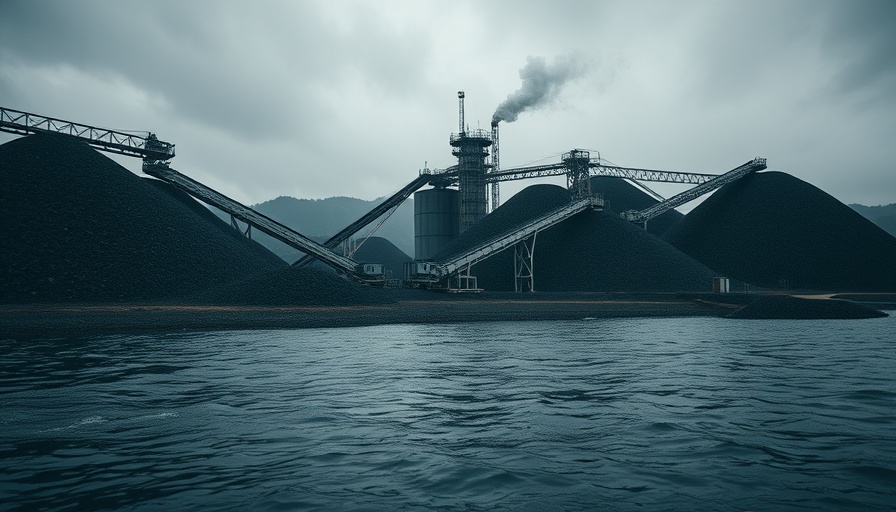
Decarbonizing the Glass Industry: A Necessity for Sustainability
The glass industry plays a crucial role across various sectors, including construction, automotive, and packaging. However, its production process contributes significantly to global carbon emissions. It's estimated that the glass industry emits about 150 million metric tons of CO2 annually, necessitating urgent efforts to decarbonize. Executives and decision-makers in industries relying on glass must understand the importance of this transition not only for compliance with global targets but also for sustainable growth.
Understanding the Challenges Ahead
While there are promising avenues to reduce emissions in glass production, several hurdles remain. The first challenge is technological maturity. Current decarbonization technologies, such as hydrogen and biogas, have not yet reached a commercial scale, meaning companies can’t easily implement these solutions. Next is cost competitiveness; many environmentally friendly technologies are still costlier than traditional methods, creating a dilemma for manufacturers. Lastly, the longevity of glass furnaces complicates the transition. Since these furnaces typically operate for over a decade, once installed, it's challenging to adapt them to newer technologies without significant financial investment.
Emerging Solutions: The Role of Cullet
One of the most viable solutions for the industry is the increased use of cullet, or recycled glass. Cullet not only reduces the need for raw materials—thereby lowering extraction emissions—but it also limits the overall energy needed in glass production. Moreover, integrating cullet with furnace electrification can significantly bolster decarbonization efforts in the architectural and automotive sectors.
Future Trends: A Circular Economy Approach
For the flat glass industry, adopting a circular economy model presents both a challenge and an opportunity. As companies look to reduce their carbon footprint, they must investigate how to build systems where glass products can be efficiently recycled and reused, thereby minimizing waste. This shift requires collaboration across value chains and between industries to create a supportive ecosystem that prioritizes sustainability and reduces Scope 3 emissions relating to embedded materials within products.
Real-World Examples of Progress
Several companies are already leading the way by innovating around glass recycling and decarbonization strategies. For instance, a European glass manufacturer has successfully integrated cullet into its production cycle and significantly reduced lifecycle emissions. More case studies like this are necessary to demonstrate proof of concept to peers and encourage progress across the industry.
Decisions Executives Can Make Now
Executives must prioritize sustainability within their operational frameworks. This includes investing in research and development for innovative materials and production methods. Engaging with policy-makers to advocate for incentives that can make newer technologies financially viable is also crucial. Furthermore, fostering partnerships across the supply chain to enable a systemic transition towards circularity can pave the way for industry-wide change.
As the glass industry prepares for a more sustainable future, understanding the intricacies of decarbonization is essential. The steps taken now will not only fulfill regulatory demands but also create a competitive advantage through innovation and efficiency.
Executives in the glass or related industries should actively seek out and implement strategies that promote sustainability. Decarbonizing your operations isn't just about compliance; it's an opportunity to lead in the burgeoning green economy.
 Add Row
Add Row  Add
Add 




Write A Comment